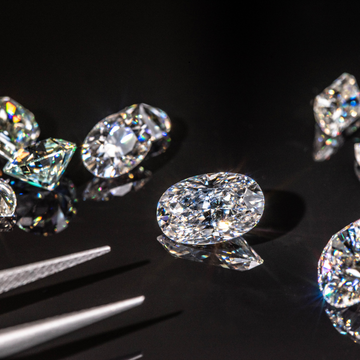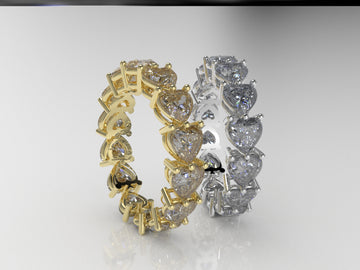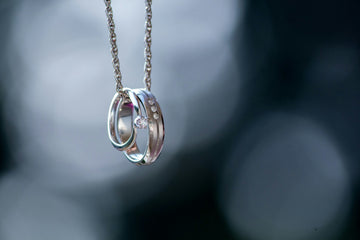Lab-Grown vs. Natural Diamonds: Understanding the Differences and Advantages
In recent years, lab-grown diamonds have gained significant popularity as an alternative to natural diamonds. Both types of diamonds offer unique characteristics and benefits, making them appealing choices for different preferences and needs. This article delves into the differences between lab-grown and natural diamonds, highlighting the advantages of each.
Origin and Formation
Natural Diamonds are formed deep within the Earth's mantle under extreme pressure and temperature conditions over many years. These diamonds are then brought to the surface through volcanic eruptions. Each natural diamond is unique, with its own distinct characteristics and inclusions that tell the story of its geological journey.
Lab-Grown Diamonds, also known as synthetic or man-made diamonds, are created in controlled laboratory environments using advanced technological processes that mimic the natural conditions under which diamonds form. The two primary methods are High Pressure High Temperature (HPHT) and Chemical Vapour Deposition (CVD). Lab-grown diamonds possess the same physical, chemical, and optical properties as natural diamonds, making them indistinguishable to the naked eye.
Appearance and Quality
Natural Diamonds are valued for their rarity and unique imperfections, known as inclusions. These inclusions and variations in colour contribute to each diamond's individuality and character. Natural diamonds are graded based on the 4Cs: Cut, Colour, Clarity, and Carat weight.
Lab-Grown Diamonds are virtually identical to natural diamonds in appearance and quality. They are also graded according to the 4Cs and can achieve the same level of brilliance and fire as their natural counterparts. One advantage of lab-grown diamonds is that they often exhibit fewer inclusions and can be produced with higher clarity grades.
Cost
Natural Diamonds tend to be more expensive due to their rarity and the extensive mining and distribution processes involved. The price of a natural diamond is influenced by its size, quality, and market demand.
Lab-Grown Diamonds are generally more affordable than natural diamonds of comparable size and quality. The controlled production process and lower supply chain costs contribute to their lower price point, making them an attractive option for budget-conscious consumers.
Environmental and Ethical Considerations
Natural Diamonds have been associated with environmental concerns and ethical issues related to mining practices, including habitat destruction, water pollution, and human rights abuses. However, the industry has made strides towards more ethical sourcing through initiatives like the Kimberley Process, which aims to prevent conflict diamonds from entering the market.
Lab-Grown Diamonds offer a more sustainable and ethical alternative. Their production has a significantly lower environmental impact, as it does not involve mining. Additionally, lab-grown diamonds eliminate concerns related to unethical labour practices, providing peace of mind for socially conscious consumers.
Resale Value
Natural Diamonds generally hold their value better over time due to their rarity and established market presence. While they may not appreciate significantly, they can retain a considerable portion of their original value if well-maintained.
Lab-Grown Diamonds typically have a lower resale value compared to natural diamonds. As they become more widely available and their production costs decrease, their market value may diminish over time. However, for many buyers, the initial cost savings and ethical advantages outweigh concerns about long-term value.
Conclusion: Weighing the Advantages
Choosing between lab-grown and natural diamonds depends on individual priorities, values, and budget.
-
Natural Diamonds are ideal for those who value the rarity, unique imperfections, and long-term value associated with earth-formed gems. They carry a timeless appeal and often come with a sense of historical and geological significance.
-
Lab-Grown Diamonds are perfect for consumers seeking a high-quality, ethically sourced, and budget-friendly option. They offer the same beauty and brilliance as natural diamonds while aligning with modern values of sustainability and ethical consumption.
Ultimately, both lab-grown and natural diamonds can serve as stunning symbols of love and commitment. Understanding the differences and advantages of each type allows consumers to make an informed choice that aligns with their personal preferences and values.




